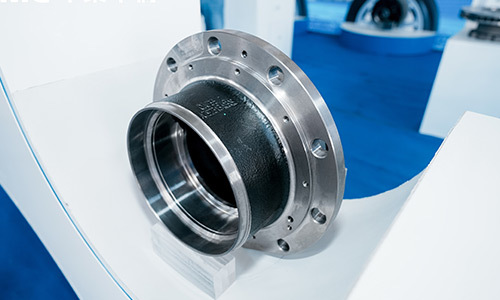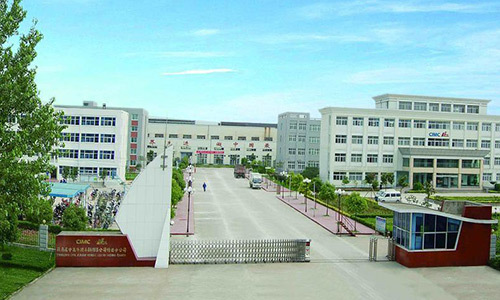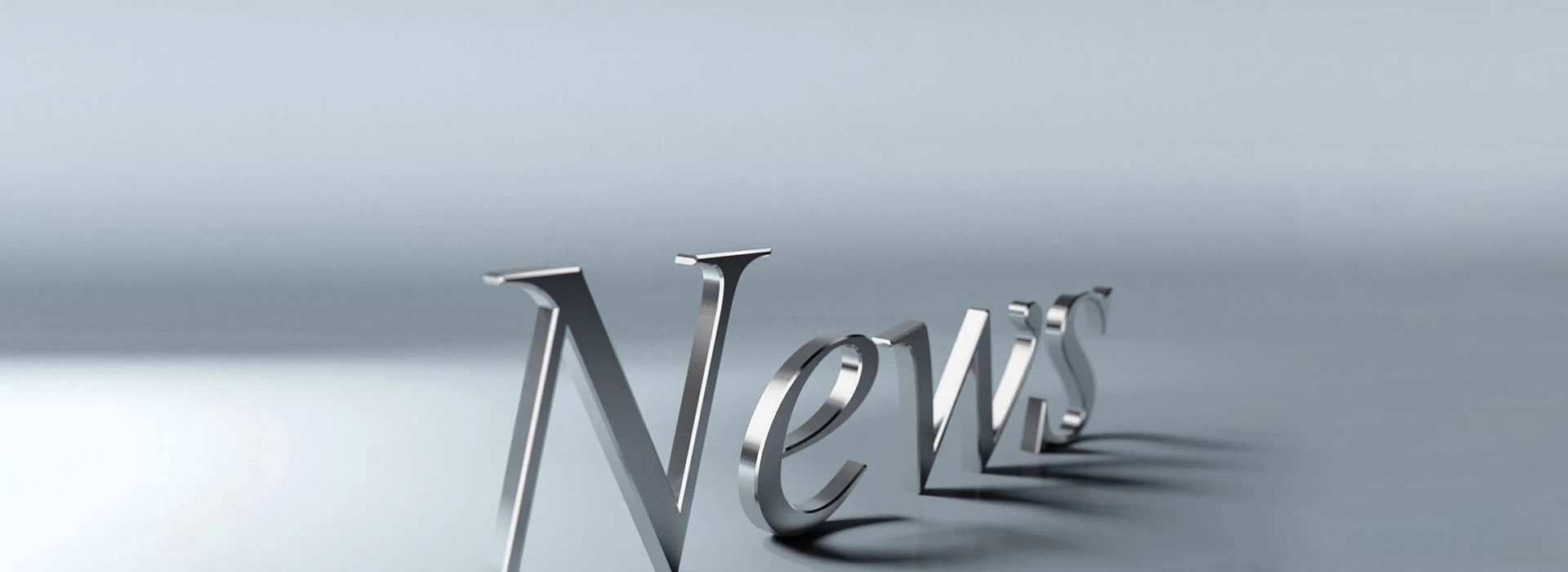Understanding the Critical Role of Semi-Trailer Hub and Rotor Assembly in Maximizing Performance
Aug 08,2025
Understanding the Importance of Semi-Trailer Hub and Rotor Assembly
In the transportation industry, **semi-trailer hubs and rotor assemblies** play a crucial role in ensuring the safe and efficient operation of vehicles. These components are integral to the braking system, affecting everything from performance to the overall safety of the trailer. In this article, we will explore the significance of these assemblies, their components, and maintenance tips to optimize their performance.
What is a Semi-Trailer Hub and Rotor Assembly?
The **semi-trailer hub and rotor assembly** is a vital part of the braking system that includes key components such as the hub, rotor, bearings, and brake pads. This assembly works together to provide the necessary stopping power and stability for semi-trailers during operation.
Components of the Hub and Rotor Assembly
The assembly can be broken down into several critical components:
1. Hub
The hub serves as the central part that houses the wheel bearings, allowing the wheel to rotate smoothly. It is mounted to the axle and facilitates the connection between the trailer and the wheels.
2. Rotor
The rotor is a disc-shaped component that is attached to the hub. It works in conjunction with the brake pads to create friction, which slows down or stops the trailer when the brakes are applied.
3. Bearings
Wheel bearings are critical for allowing the hub to spin freely while supporting the weight of the trailer. Proper lubrication and maintenance of the bearings are essential to prevent wear and damage.
4. Brake Pads
Brake pads press against the rotor when the brakes are applied, generating friction. The quality and condition of the brake pads directly impact stopping effectiveness and overall safety.
The Importance of Hub and Rotor Assembly in Braking Performance
The hub and rotor assembly is vital for several reasons:
Enhanced Safety
A well-maintained hub and rotor assembly ensures effective braking, reducing the risk of accidents. The ability to stop quickly and safely is paramount in the transport industry, especially when carrying heavy loads.
Improved Performance
A properly functioning assembly contributes to overall vehicle performance. It ensures that the trailer can handle various road conditions and loads without compromising safety or efficiency.
Longevity of Components
Regular maintenance of the hub and rotor assembly can extend the lifespan of the entire braking system. By preventing premature wear on the bearings and brake pads, operators can save money on replacements and repairs.
How to Maintain Semi-Trailer Hub and Rotor Assembly
Regular maintenance is essential for optimal performance. Here are some key maintenance tips:
1. Regular Inspections
Inspect the hub and rotor assembly regularly for signs of wear or damage. Look for cracks, warping, or unusual noises during operation. Early detection of issues can prevent more significant problems down the line.
2. Lubrication of Bearings
Proper lubrication of wheel bearings is crucial. Ensure that they are adequately greased to prevent overheating and wear. Check lubrication levels during regular inspections and replace grease as necessary.
3. Brake Pad Replacement
Monitor the condition of the brake pads and replace them when they become worn. Worn pads can lead to decreased braking performance and potential damage to the rotor.
4. Rotor Resurfacing or Replacement
Over time, rotors can become warped or worn down. If the surface is damaged, consider resurfacing or replacing the rotors to maintain efficient braking performance.
5. Check for Alignment Issues
Misalignment can cause uneven wear on the hub and rotor assembly. Regularly check the alignment of the trailer to ensure even distribution of forces during braking.
Common Issues with Hub and Rotor Assemblies
Despite regular maintenance, several common issues can arise with hub and rotor assemblies:
1. Overheating
Overheating can occur due to excessive braking or inadequate lubrication. It can lead to warped rotors and reduced braking efficiency.
2. Brake Fade
Brake fade occurs when the brakes lose efficiency due to heat buildup. This can happen during prolonged use, especially when driving downhill.
3. Vibration During Braking
If you experience vibrations when applying the brakes, it may indicate warped rotors or unevenly worn brake pads. Addressing this issue promptly is essential for safety.
4. Noise
Unusual noises, such as grinding or squeaking, often indicate problems with the brake pads or rotors. Such sounds should not be ignored, as they may signal a need for immediate attention.
The Role of Quality in Hub and Rotor Assemblies
When it comes to hub and rotor assemblies, quality cannot be compromised. Investing in high-quality components significantly impacts the performance and longevity of the braking system. Here’s why quality matters:
1. Durable Materials
Quality assemblies are made from durable materials that can withstand high temperatures and heavy loads. This durability translates to better performance and reduced maintenance costs.
2. Precision Engineering
High-quality assemblies are manufactured with precision, ensuring a perfect fit and optimal performance. Poorly designed components can lead to misalignment and premature wear.
3. Reliability
When you invest in quality, you’re ensuring reliability in your braking system. Dependable brakes provide peace of mind for operators and enhance overall safety.
Conclusion
In conclusion, understanding the importance of the **semi-trailer hub and rotor assembly** is crucial for anyone involved in the transportation industry. These components are integral to the braking system, playing a significant role in safety, performance, and longevity. Regular maintenance, attention to quality, and prompt addressing of issues can lead to enhanced efficiency and a safer driving experience. By prioritizing the hub and rotor assembly, operators can ensure their semi-trailers operate optimally and safely, ultimately contributing to the success of their transportation endeavors.
FAQs
1. How often should I inspect my semi-trailer hub and rotor assembly?
Regular inspections should be conducted at least once every month or before long trips. Additionally, inspect them after any significant load changes or rough driving conditions.
2. What are the signs that my brake pads need replacement?
Signs include squeaking or grinding noises, reduced braking performance, and visible wear on the pads themselves.
3. Can I replace the hub and rotor assembly myself?
While it is possible to replace them yourself if you have the right tools and knowledge, it is recommended to consult a professional if you are unsure about any steps in the process.
4. What is the average lifespan of a semi-trailer rotor?
The average lifespan of a rotor can vary but typically ranges from 30,000 to 70,000 miles, depending on driving conditions and maintenance habits.
5. How can I prevent overheating of the rotor during operation?
To prevent overheating, avoid excessive braking, especially on downhill grades, and ensure proper lubrication of bearings. Regular maintenance of the braking system is also essential.
Contact Us
E-mail:
Whatsapp:
Address:
West Section of Xuesong Road, Zhumadian City, Henan Province, China
News Update












